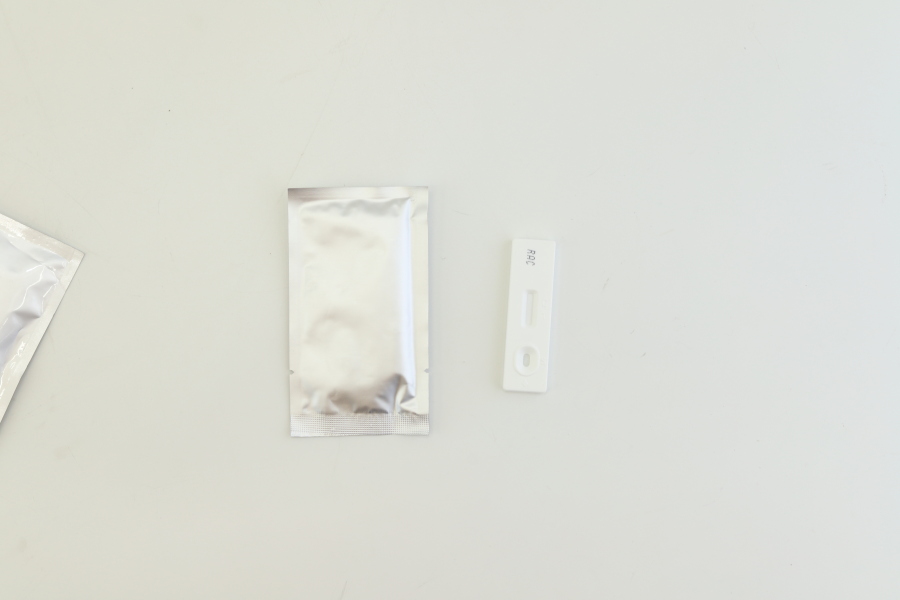As an important source of protein in the daily diet, the quality and safety of poultry eggs are directly related to the health of consumers. As a commonly used veterinary antigens drug, dimetronidazole is often used to treat avian spirochosis, trichomoniasis, etc. However, excessive or improper use may lead to residues in poultry eggs and affect food safety. Therefore, rapid and accurate detection of dimetronidazole residues in poultry eggs has become an important link to ensure the quality of poultry eggs. The rapid detection card of dimetronidazole colloidal gold in poultry eggs is an efficient detection tool to meet this demand.
By definition, the rapid detection card of dimetronidazole colloidal gold in poultry eggs is a rapid detection product based on immunochromatography technology. It uses colloidal gold-labeled dimetronidazole antibody as the core. Through antigen-antibody specific binding reaction, it develops color on the test strip, so as to quickly determine whether there is dimetronidazole residue in the sample. Its essence is to combine immune reaction with rapid chromatography technology to achieve qualitative or semi-quantitative detection of the target.
In terms of working principle, the core of this detection card is immune chromatography. After the sample (such as poultry egg homogenate) is dropped into the addition well, it will flow along the test strip, and in turn pass through the detection line (T-line) coated with dimetronidazole-carrier protein conjugate and the quality control line (C-line) coated with sheep anti-mouse IgG. If there is demetronidazole in the sample, it will combine with the colloidal gold-labeled antibody to form a complex. When the composite logistics passes through the T-line, if the concentration of demetronidazole is higher than the detection threshold, the T-line will develop color; at the same time, the C-line will always develop color, which is an effective control for the reaction. By observing the color development of the T-line and the C-line, the results can be quickly judged.
Compared with traditional detection methods (such as high performance liquid chromatography, mass spectrometry, etc.), the demetronidazole colloidal gold rapid detection card in poultry eggs has significant advantages. The first is fast speed. The entire detection process usually only takes 15-30 minutes, without complicated pretreatment and equipment, which is suitable for on-site or rapid screening. Secondly, it is easy to operate, no professional training is required, and ordinary personnel can complete the detection according to the instructions. In addition, the cost is low, it is suitable for large-scale promotion and use, and the sensitivity is high, it can accurately identify low-concentration residues, and effectively avoid unqualified eggs from flowing into the market.
In the application scenario, the test card is widely used in the daily quality monitoring of breeding enterprises, the rapid sampling inspection of market supervision departments, and the raw material check of poultry egg processing enterprises. Through regular or irregular testing, poultry eggs with excessive residues of dimethazole can be found in time, and the risk can be controlled from the source to ensure the "safety on the tip of the tongue" of consumers.
In short, the rapid detection card of dimedinidazole colloidal gold in poultry eggs has become an important tool in the field of poultry egg safety detection with its fast, convenient and efficient characteristics, and provides strong support for building a quality and safety defense line for poultry eggs.


